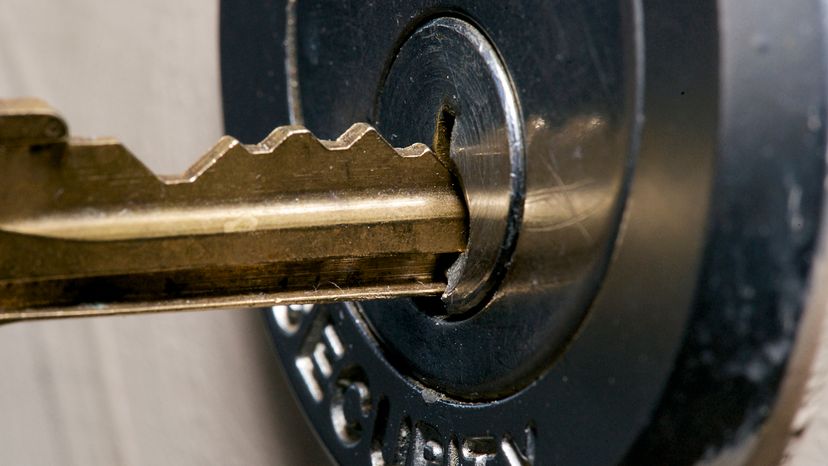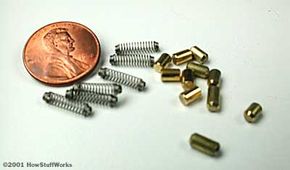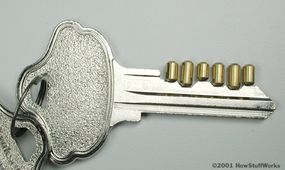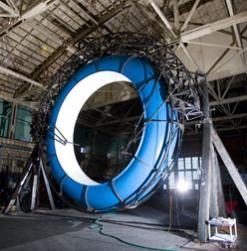
Key Takeaways
- Master keys use a pin-and-tumbler design, where a series of pins of varying lengths interact with a key to lock or unlock the mechanism. The correct key aligns these pins precisely at the shear line, allowing the cylinder to turn.
- In systems designed for two keys, a master key and a change key, the addition of a master wafer or spacer between some of the pin pairs allows the master key to operate multiple locks within a group, while a change key can only operate a specific lock.
- This system's versatility makes it ideal for apartment buildings, office complexes and hotels, where individual and master access needs coexist.
The super of our apartment building is always going into everyone's apartment when something needs to be fixed. There must be a hundred apartments, but he only carries one key around with him. How does he get into all those apartments with the same key?
Although locks come in all shapes and sizes, with many innovative design variations, most locks are based on fairly similar concepts. The most common lock design is the cylinder lock. In this design, the key turns a cylinder, or plug, which turns an attached cam. When the plug is turned one way, the cam pulls in on the bolt and the door can open. When the plug turns the other way, the cam releases the bolt and a spring snaps it into place so the door cannot open.
Advertisement
The key your "super" is using is called a master key. To understand how master keys work, you first have to have a basic idea of how locks and keys work.
Inside a cylinder lock, there is a sort of puzzle, which only the correct key can solve. The main variation in lock designs is the nature of this puzzle. One of the most common puzzles is the pin-and-tumbler design.
Check out the next page to learn more about this lock design.
Advertisement


